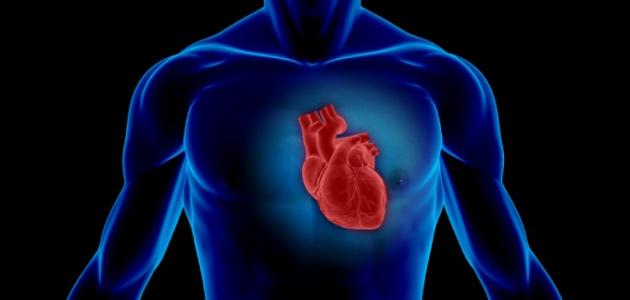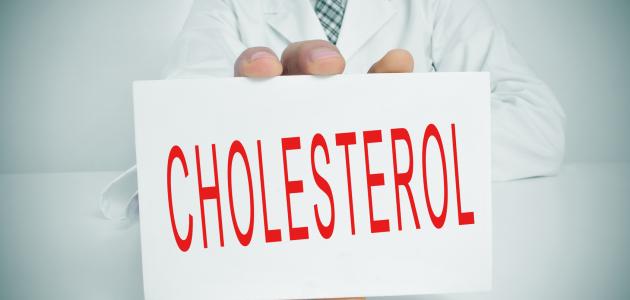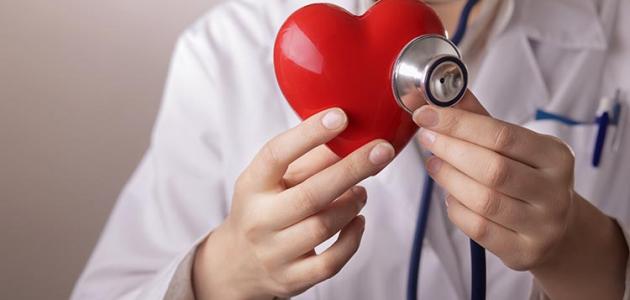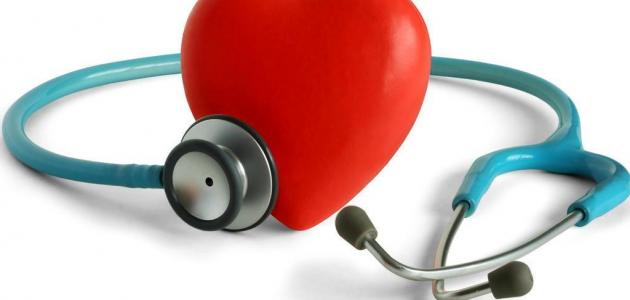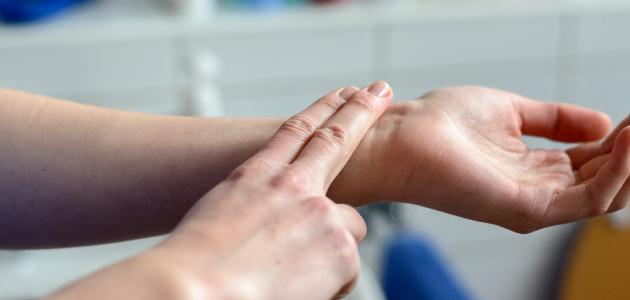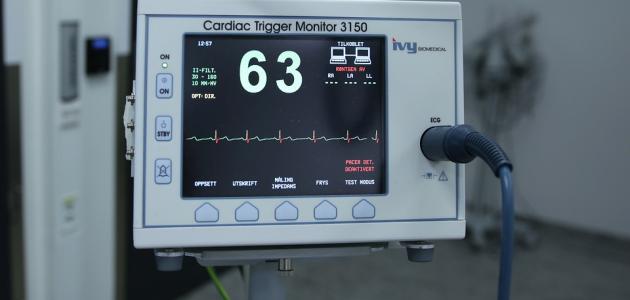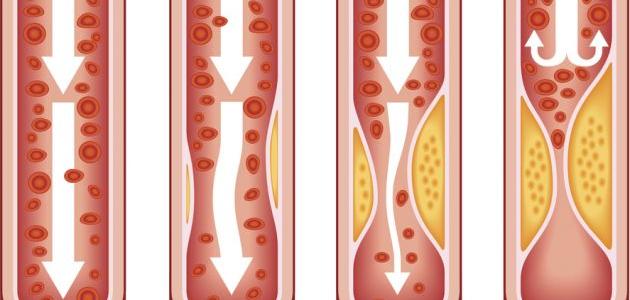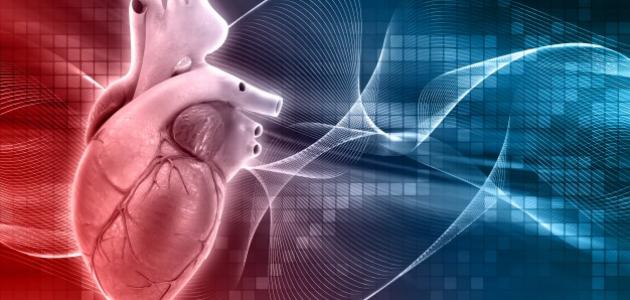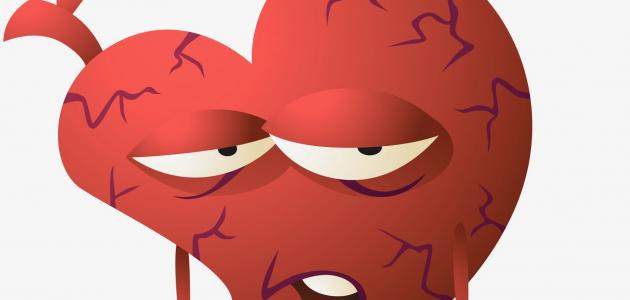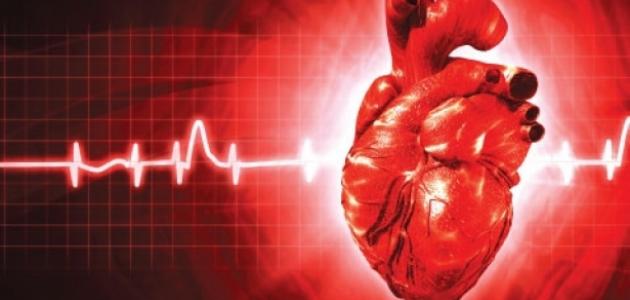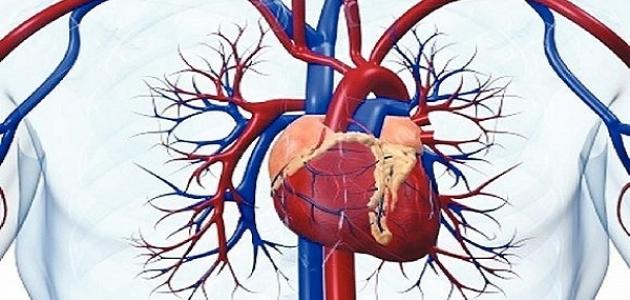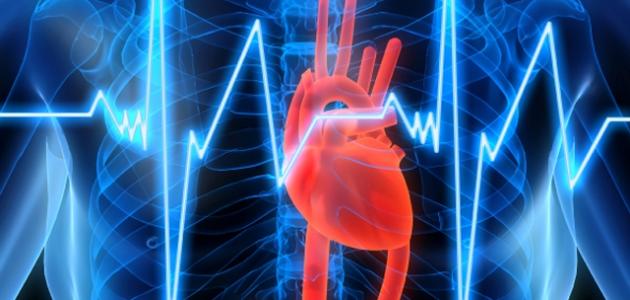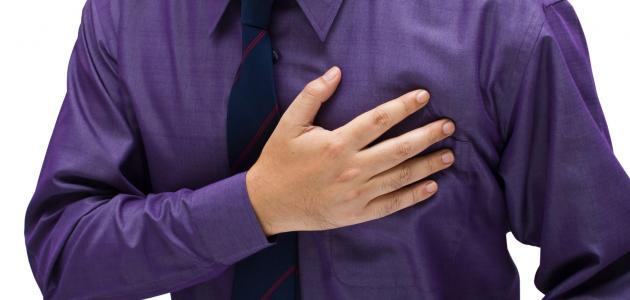Contents
Circulatory system and heart
The task of the circulatory system is to fight diseases, maintain a normal body temperature, and achieve internal balance by providing the correct chemical balance, in addition to achieving balance between the various body systems. The circulatory system consists of four main parts: the heart, arteries , veins, and blood. [1]
Heart site
In fact, the heart is located slightly to the left of the center of the chest, and is about the size of a fist. Although there are many muscles in the human body, the heart muscle is the most distinctive; Due to its uniqueness, the heart works to provide all parts of the body with blood loaded with the oxygen and nutrients it needs, and it also transfers waste products from different parts of the body. The heart is similar in principle to its work with a pump, or rather, it represents a double pump; The right side of the heart receives blood from the body and works to pump it to the lungs, while the left side of the heart receives blood from the lungs and pumps it throughout the body. [2]
Parts of the heart
The heart is made of two parts; The left and right, so that the heart muscle is separated from the middle by what is called the septum , which is a solid wall of muscles, which prevents blood flowing back and forth between the left and right sides of the heart. In addition to the septum, there is another wall that separates the top, rounded part of the heart from the lower, conical part of it, and the convergence of the two walls divides the heart into four main chambers. Each of the two upper chambers is called the atrium, while the two lower chambers are each called the ventricle , and thus each cleft of the two heart chambers consists of an atrium and a ventricle, and it should be noted that each side of the heart forms a system Separate by itself, as blood can travel from the atrium to the ventricle within one side of the heart, while it cannot move between both sides of the heart, as mentioned above. [3]
The valves separate between each atrium and one ventricle within one side of the heart. They are openings that enable blood to travel from the atrium to the ventricle and not vice versa. It should be noted that there are other valves located in the lower part of the large arteries that carry blood away from the heart, which are the aorta and the pulmonary artery, so that the task of these valves is to prevent blood flow to the heart again. After pumping it out. [3] It should be noted that the weight of the heart ranges between approximately 170-310 grams, and the heart muscle pumps approximately 7,570 liters of blood per day into the body. [4]
The heart has three layers, and the following is an explanation for each of them: [4]
- The epicardium: , which is a thin membrane that represents the outer layer of the heart .
- Muscle layer: This thick layer represents muscles that contract to pump blood and push it through the various tissues of the body.
- Endocardium: This thin, soft layer represents the inner layer of the heart.
Heart disease
The heart may be exposed to various types of diseases, the most important of which can be summarized as follows: [5]
- Coronary artery disease: , this condition occurs as a result of the accumulation of plaques of cholesterol in the arteries that supply blood to the heart, which leads to Tadhagaha, and this is what makes a person prone to clogging of the arteries and the incidence of stroke , heart attack.
- Angina pectoris: It is the feeling of sharp pain in the chest due to the narrowing of the coronary arteries in the heart.
- Myocardial Infarction: This condition is characterized by a sudden blockage in one of the coronary arteries, which leads to a lack of oxygen reaching the heart and thus the death of part of the heart muscle.
- Tachycardia: (Arrhythmia), the heart rhythm is affected by becoming abnormal as a result of changes in the conduction of electrical impulses through the heart.
- Congestive heart: palaces , is a problem in pumping blood through the body effectively as a result of the weakness of the heart muscle or stiffness.
- Cardiomyopathy: , abnormal changes occur on the heart in this case so that it becomes larger, or thickness, or stiffness, and this impairs the heart 's ability to pump blood.
- Inflammation of the heart muscle: , is often the cause of this inflammation is a viral infection.
- Pericarditis: This condition is due to many causes, including viral infections, kidney failure, or autoimmune disorders.
- Pericardial effusion: , this case is the presence of fluid between the heart that knows the heart itself Baltamor and membrane.
- Atrial fibrillation: The presence of abnormal electrical impulses in the atrium causes an irregular heartbeat .
- Pulmonary embolism: , is the transfer of blood clots to the lungs.
- Heart Valve: Disease , this case may affect any of the four heart valves.
- Puffs heart: , is observing the abnormal sound when listening to the heart using a stethoscope.
- Endocarditis: This condition is due to a serious infection affecting the inner membrane of the heart or its valves.
- Mitral valve prolapse: , in this case , forcing the mitral valve to return to a little back after the passage of blood through it .
- Sudden cardiac death: death occurs as a result of the heart losing its function suddenly. This condition is also known by the term cardiac arrest.
References
- ↑ "Circulatory" , www.healthline.com , Retrieved 11-7-2018. Edited.
- ↑ "heart" , www.kidshealth.org , Retrieved 11-7-2018.
- ^ A b "The Circulatory the System" , Www.lsa.colorado.edu , Retrieved 11-7-2018. Edited.
- ^ A b "Heart View " , Www.healthline.com , Retrieved 11-7-2018.
- ↑ "Picture of the Heart" , www.webmd.com , Retrieved 11-7-2018.
